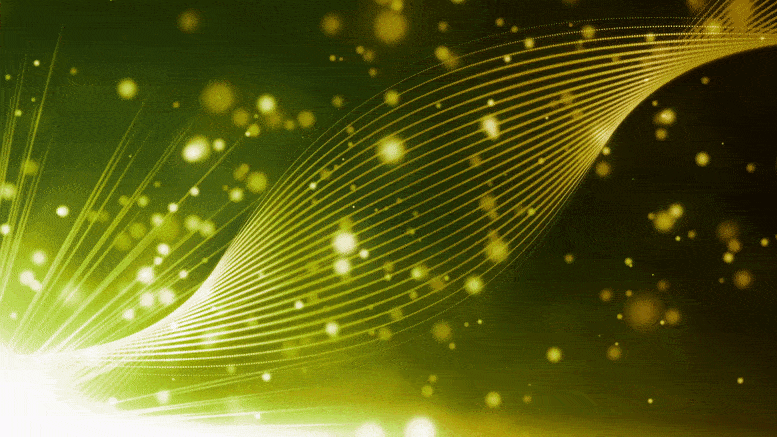
Photosystem I in Plants Reveals a Hitherto Unobserved Face/Molecular Examination With High Precision
Photosynthesis is the most important foundation of life on Earth. In it, biomass and sugar are produced from the sunlight’s energy by plants and single-celled algae. Oxygen is also released throughout this process. Now, for the first time, the structure of a novel protein complex that catalyzes energy conversion processes in photosynthesis has been determined by plant biotechnologists and structural biologists from the Universities of Münster (Germany) and Stockholm (Sweden).
This protein complex is the photosystem I, which is known as a single protein complex (monomer) in plants. Professor Michael Hippler of the University of Münster and Professor Alexey Amunts of the University of Stockholm led a team of researchers that demonstrated for the first time that two photosystem I monomers in plants may come together as a dimer and described the molecular structure of this new kind of molecular machine.
The findings, which have been recently published in the journal Nature Plants, provide molecular insights into the process of photosynthesis with a hitherto unparalleled degree of precision. They might help to make use of the reductive force (the willingness to give up electrons) of photosystem I more effectively in the future, for example, to produce hydrogen as a source of energy.
The background: There are two photosynthesis complexes, called photosystems I and II, which work at their best in the case of light with different wavelengths. The uptake of light energy into photosystems I and II enable electrons to be transported within the molecular “photosynthetic machine”, thus driving the conversion of light energy into chemical energy. In the process, electrons from photosystem I are transmitted to the protein ferredoxin.
In green algae, ferredoxin can transmit electrons arising during photosynthesis to an enzyme called hydrogenase, which then produces molecular hydrogen. This molecular hydrogen is thus produced by the input of light energy, which means it is produced renewably and might be able to act as a future source of energy. The researchers asked themselves the question: “How does the production of photosynthetic hydrogen relate to the structural dynamics of the monomer and dimer photosystem I?
The Results in Detail
The photosystem I homodimer from the green alga Chlamydomonas reinhardtii consists of 40 protein subunits with 118 transmembrane helices providing a structure for 568 photosynthesis pigments. Using cryogenic electron microscopy, the researchers showed that the absence of subunits with the designation PsaH and Lhca2 leads to a head-to-head orientation of monomer photosystem I (PSI) and its associated light-harvesting proteins (LHCI). The light-harvesting protein Lhca9 is the key element providing for this dimerization.
In the study, the researchers define the most precisely available PSI-LHCI model to a resolution of 2.3 Ångström (one Ångström corresponds to one ten-millionth of a millimeter), including the flexibly bound electron transmitter plastocyanin, and they allocate the correct identity and orientation to all pigments, as well as to 621 water molecules which influence the energy transmission pathways. In connection with the loss of a second gene (pgr5), the genetically induced down-regulation of the subunit Lhca2 results in the very efficient production of hydrogen in the double mutant. As Michael Hippler says, “The depletion of Lhca2 promotes the formation of PSI dimer, and so we suggest that the hydrogenase may favor the targeting of photosynthetic electrons from the PSI dimer, as we proposed in our earlier work. The structure of the PSI dimer enables us to make targeted genetic modifications in order to test the hypothesis of improved hydrogen production through the PSI dimer.”
Reference: “Algal photosystem I dimer and high-resolution model of PSI-plastocyanin complex” by Andreas Naschberger, Laura Mosebach, Victor Tobiasson, Sebastian Kuhlgert, Martin Scholz, Annemarie Perez-Boerema, Thi Thu Hoai Ho, André Vidal-Meireles, Yuichiro Takahashi, Michael Hippler, and Alexey Amunts, 13 October 2022, Nature Plants.
DOI: 10.1038/s41477-022-01253-4
Never miss a breakthrough: Join the SciTechDaily newsletter.
1 Comment
So it makes hydrogen, that algae. (In only 42 proteins.) Weird flex, but you’re not gonna sink.